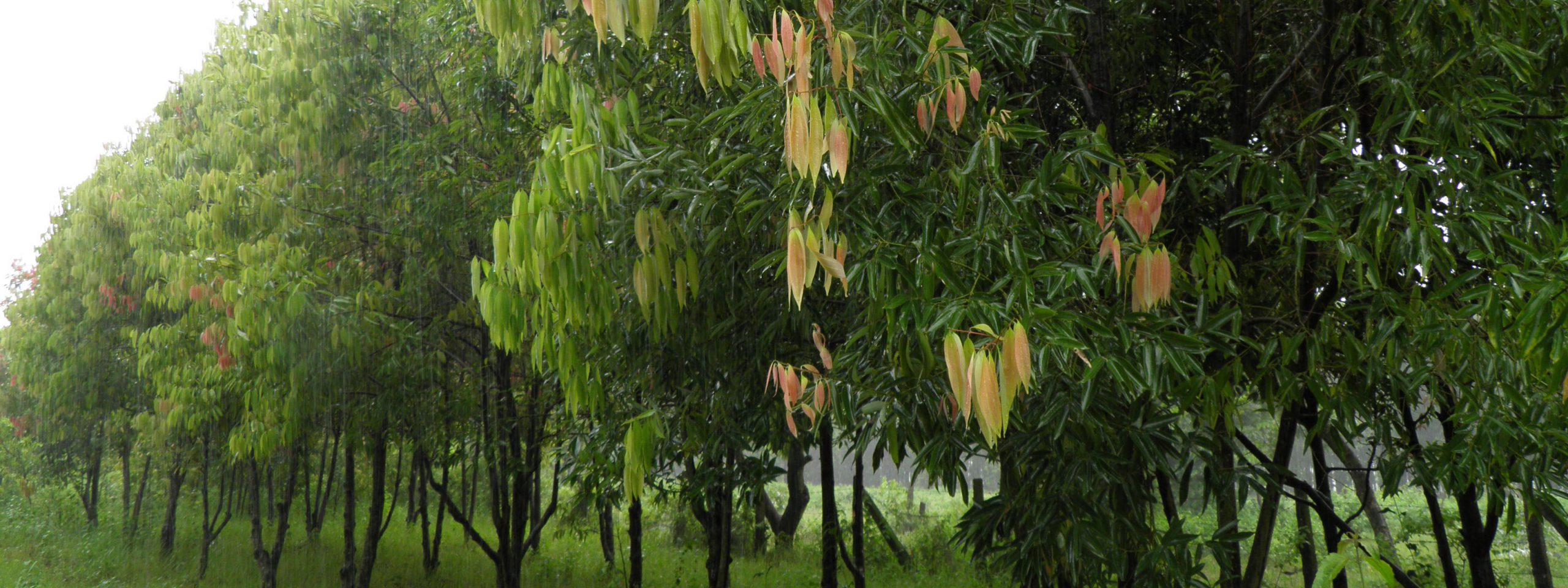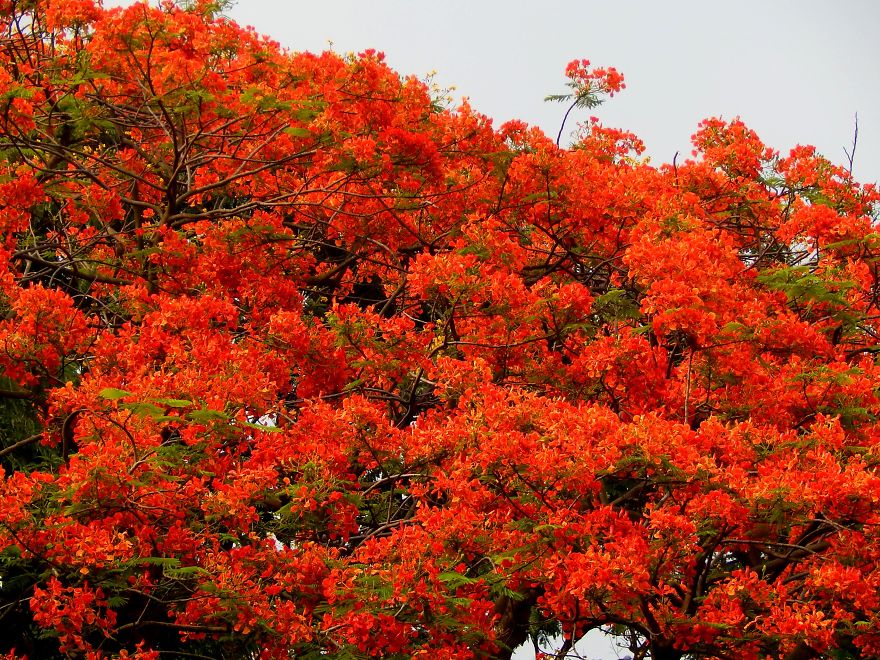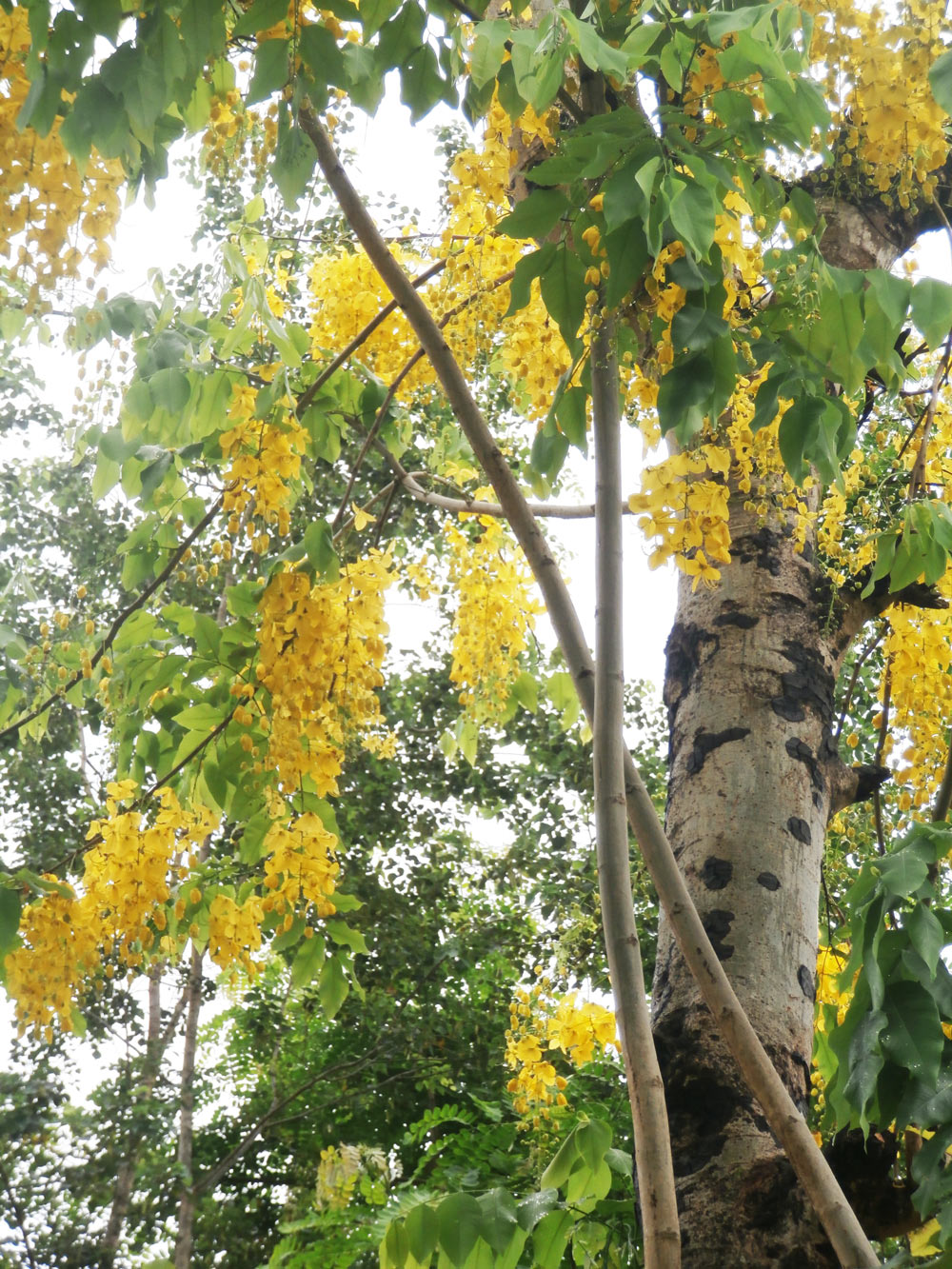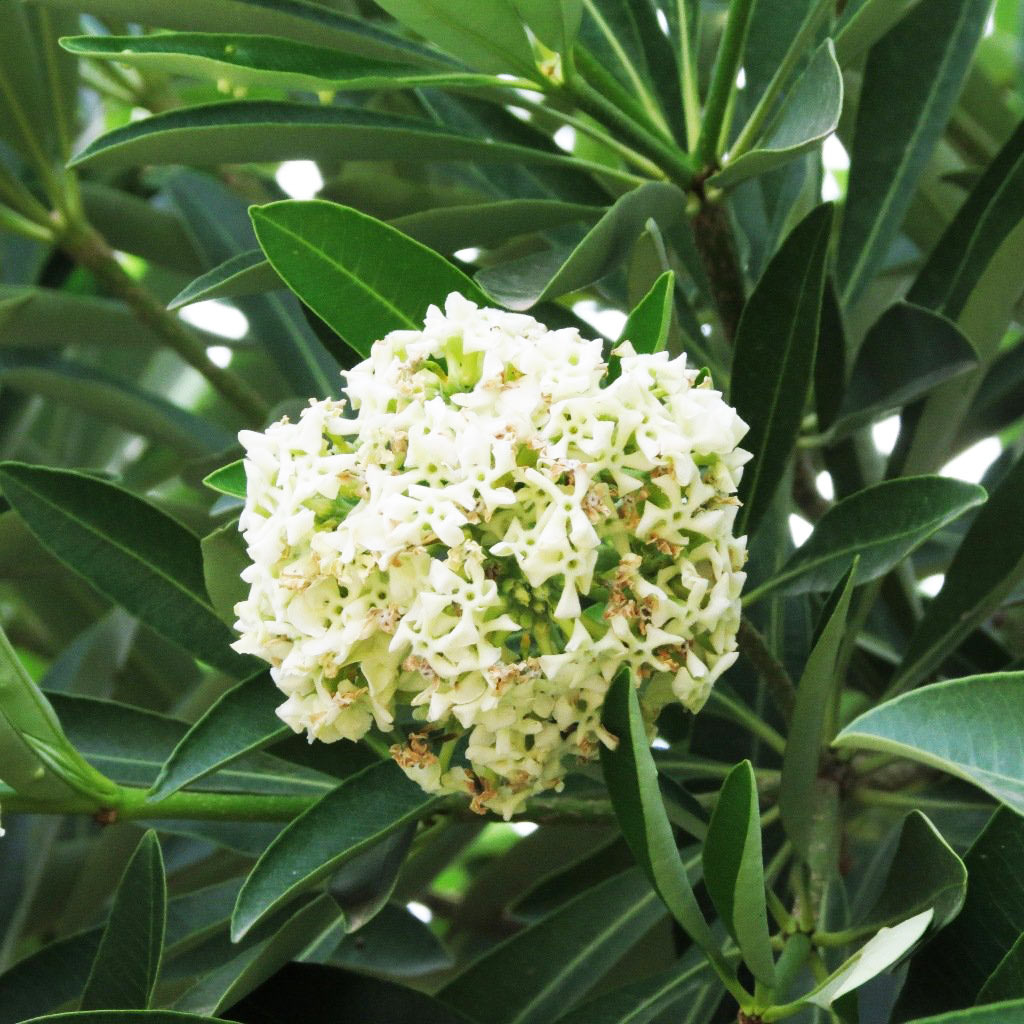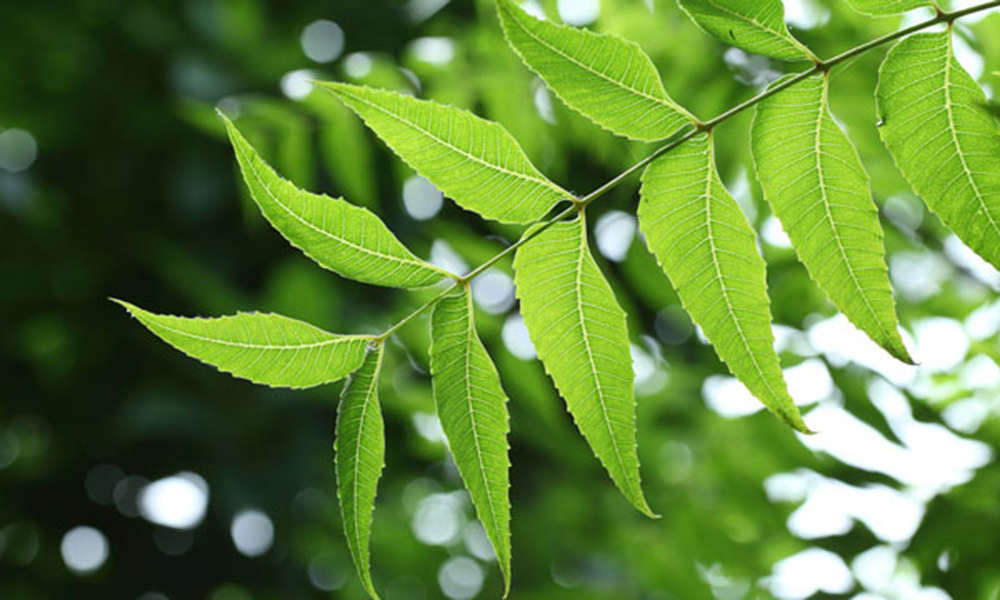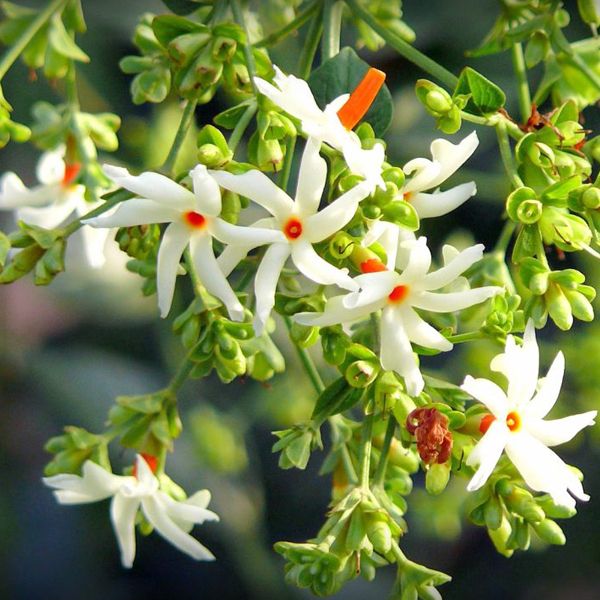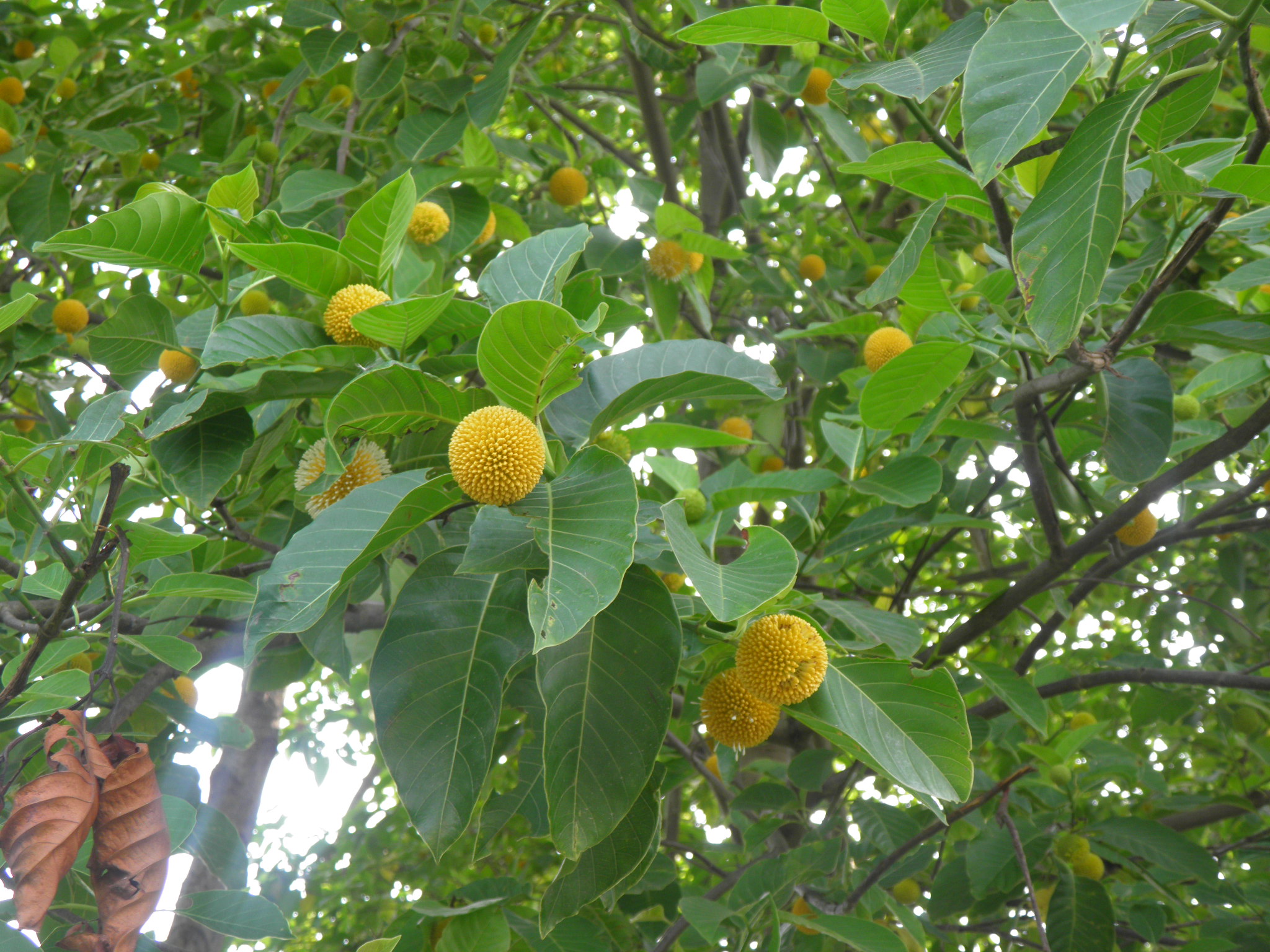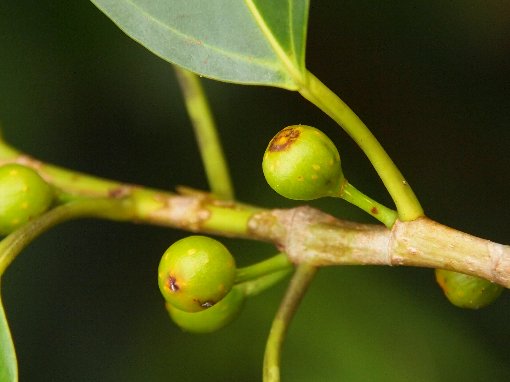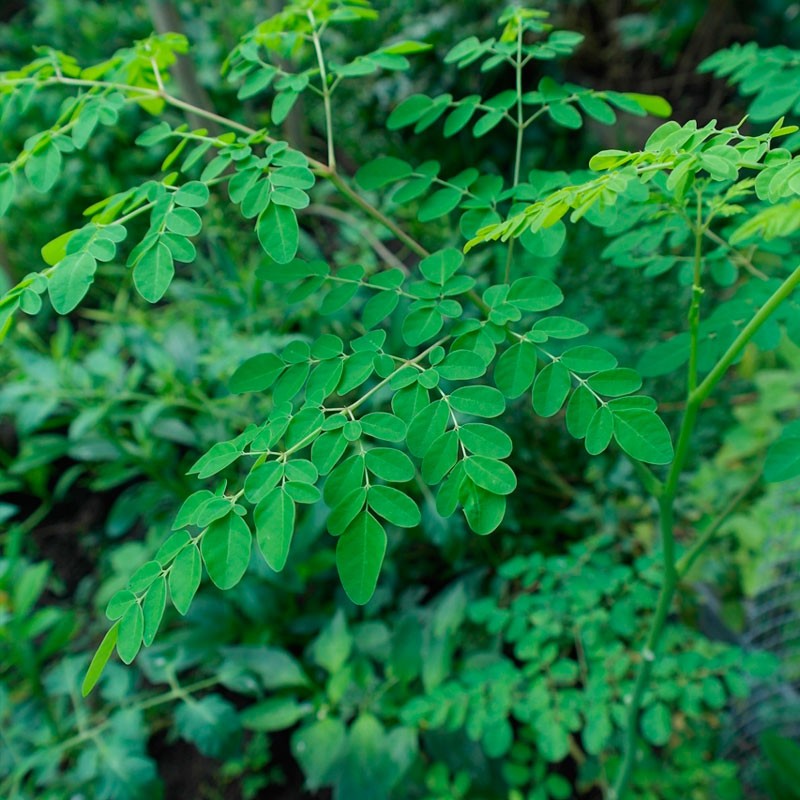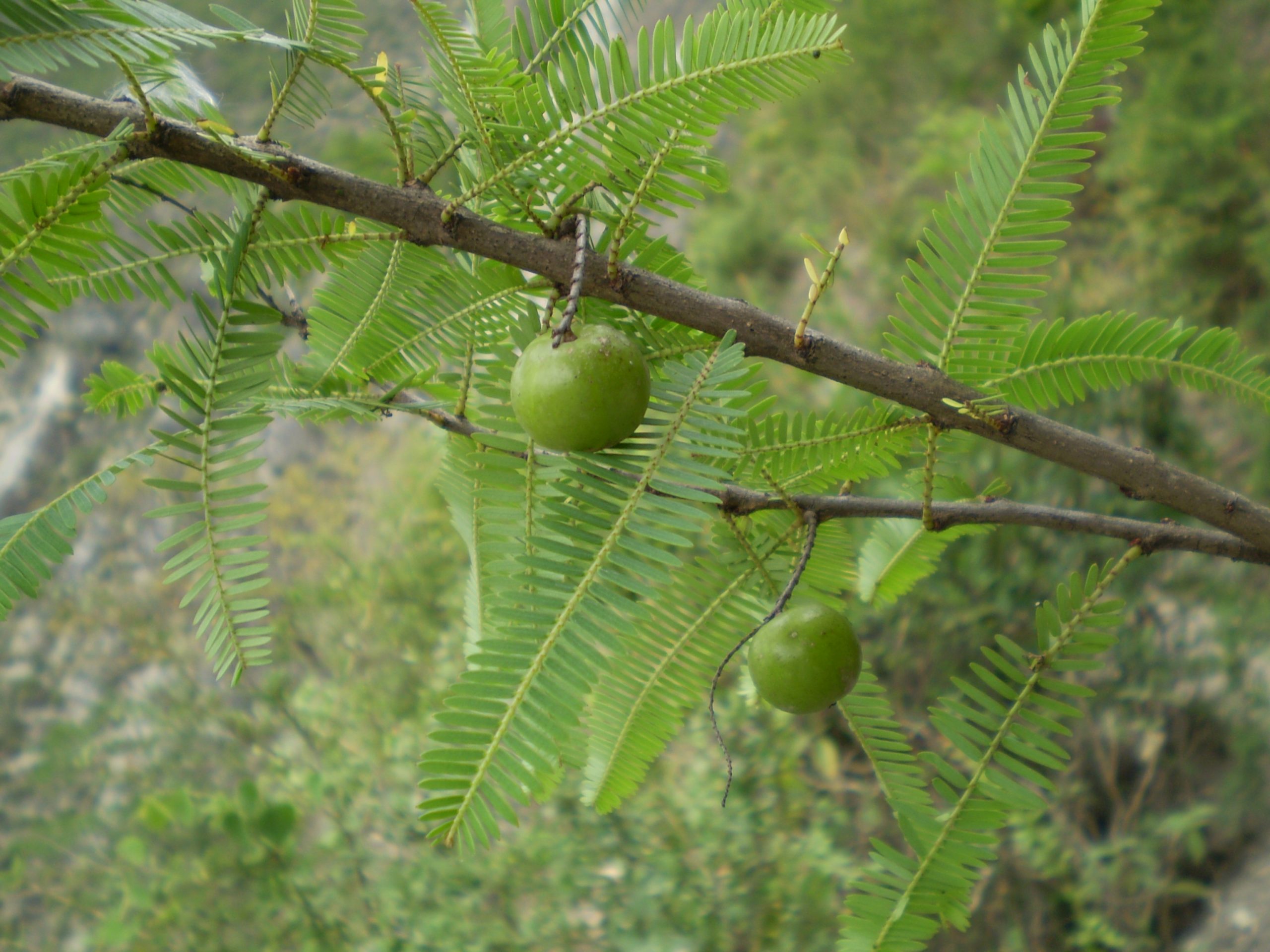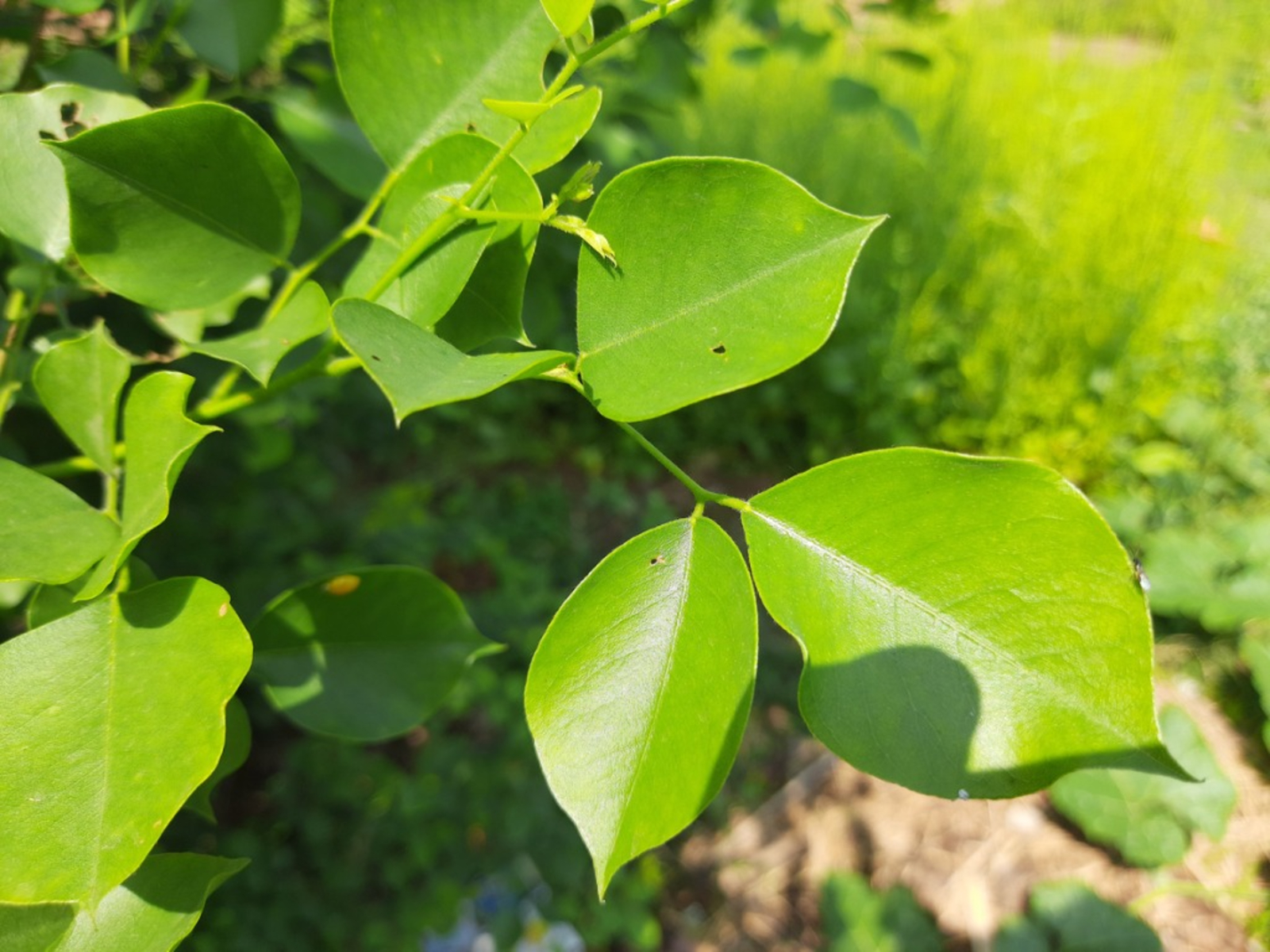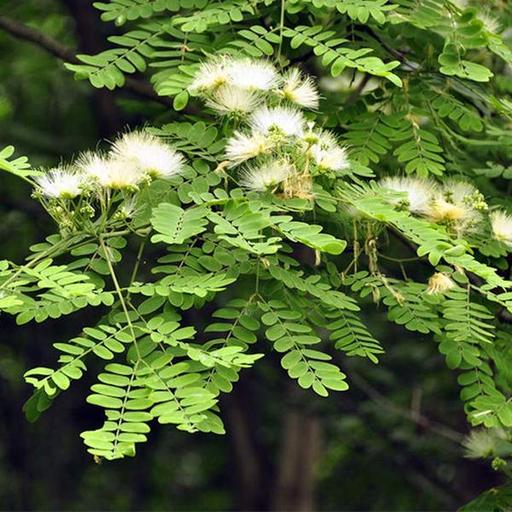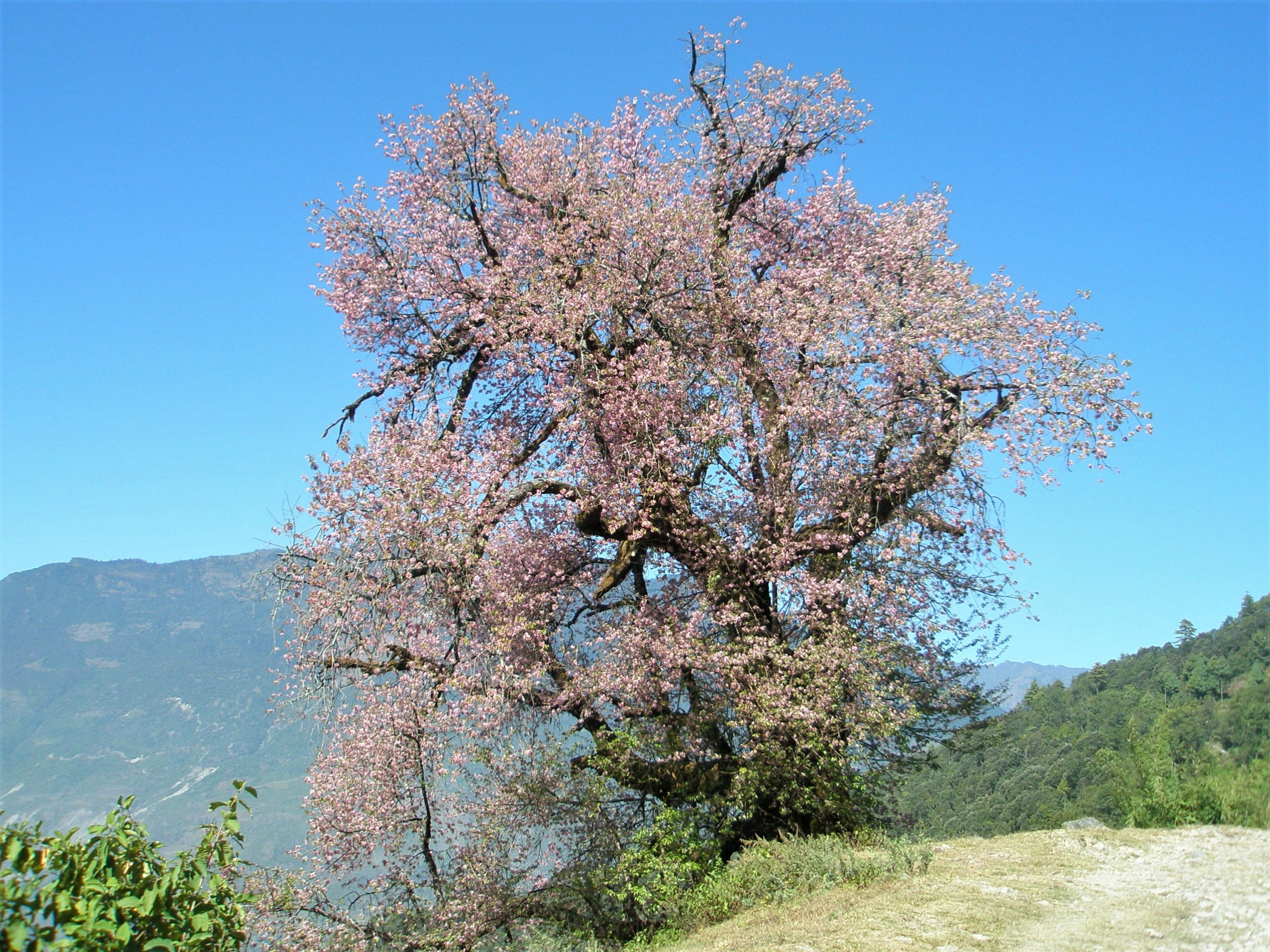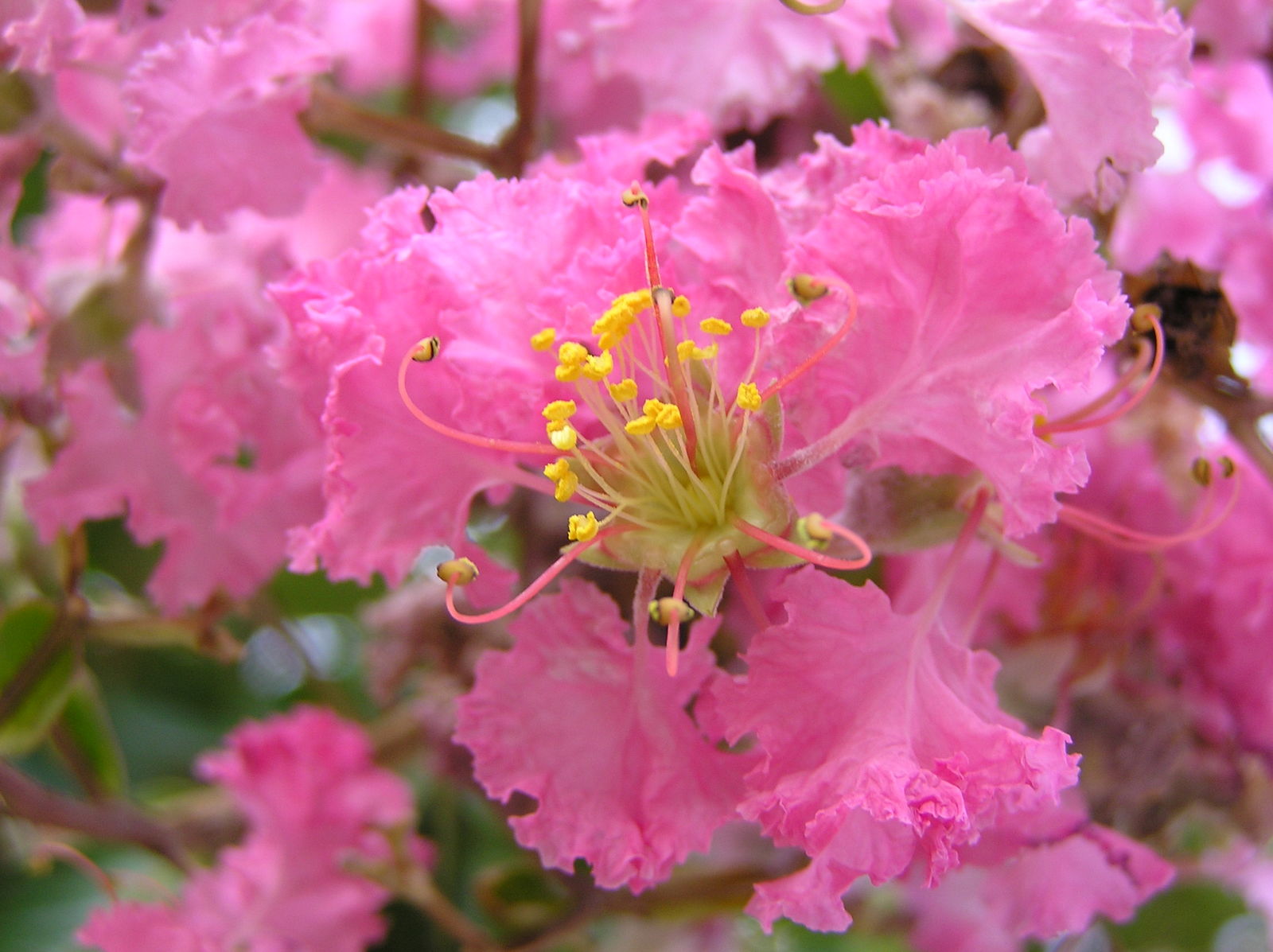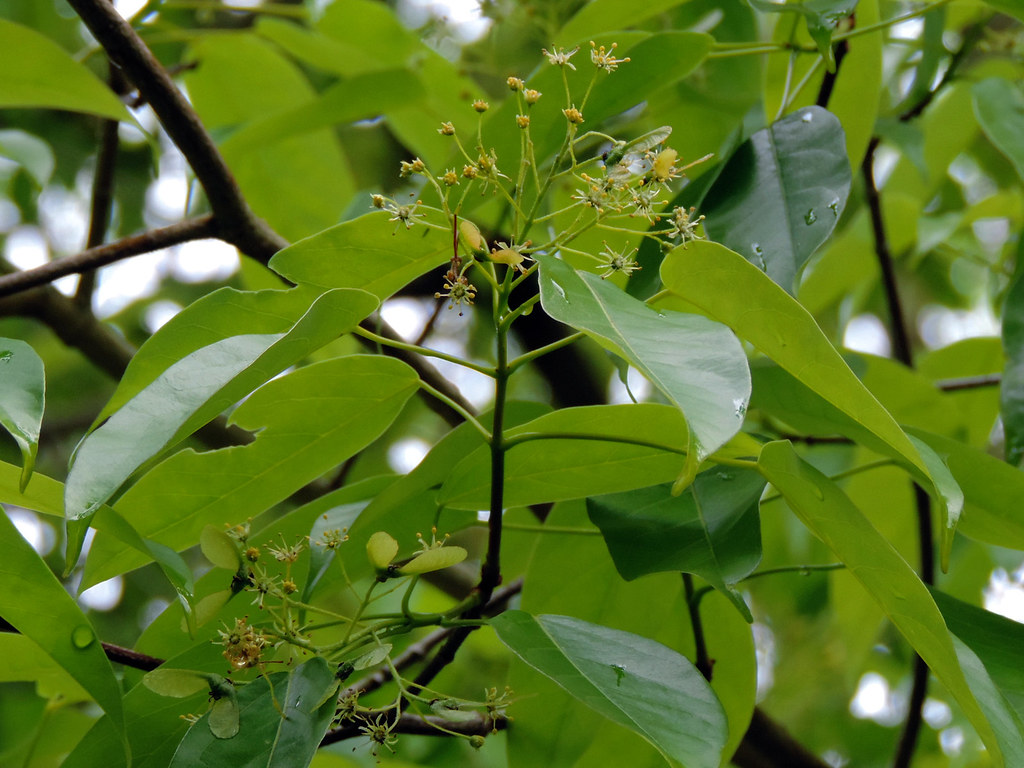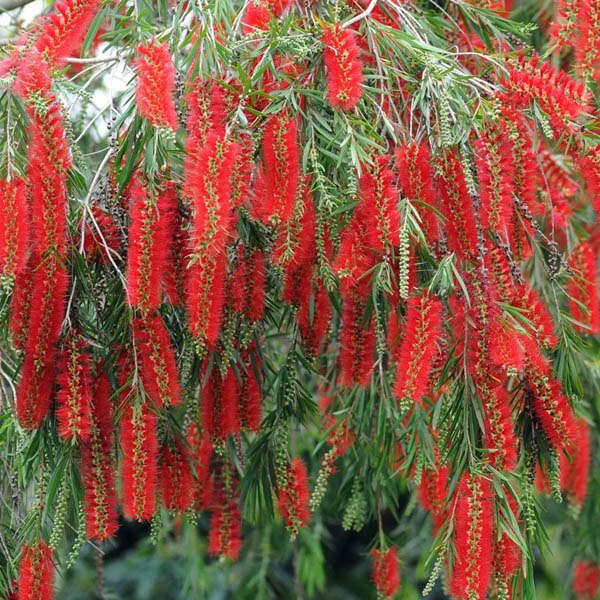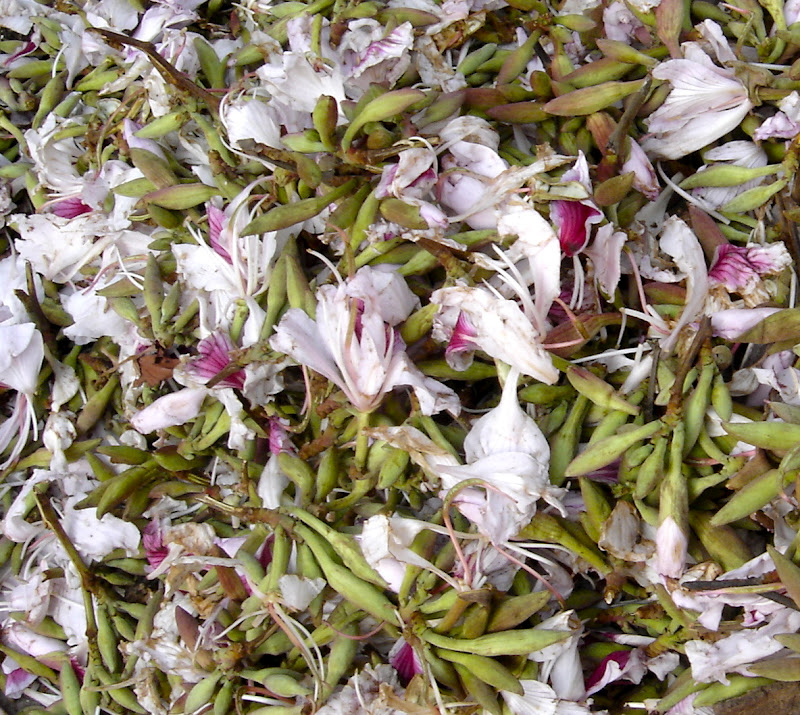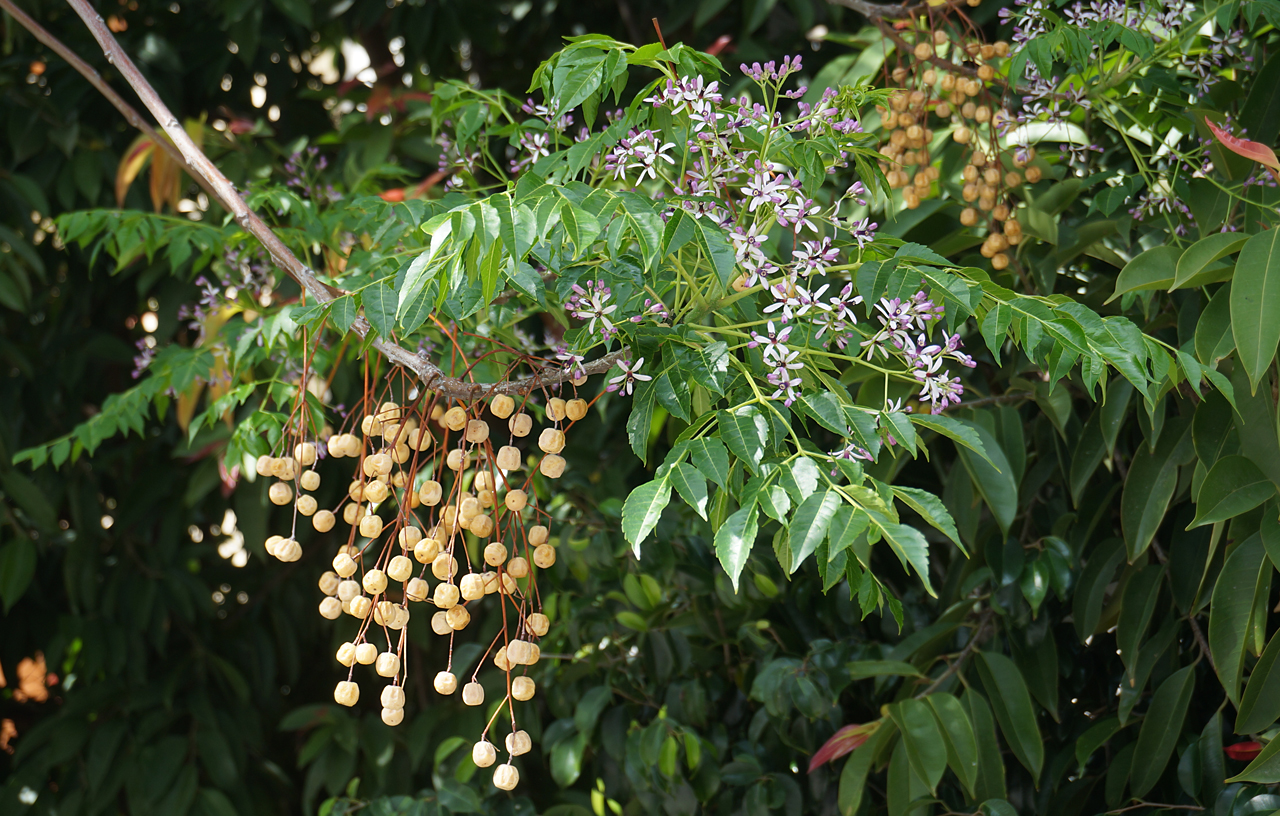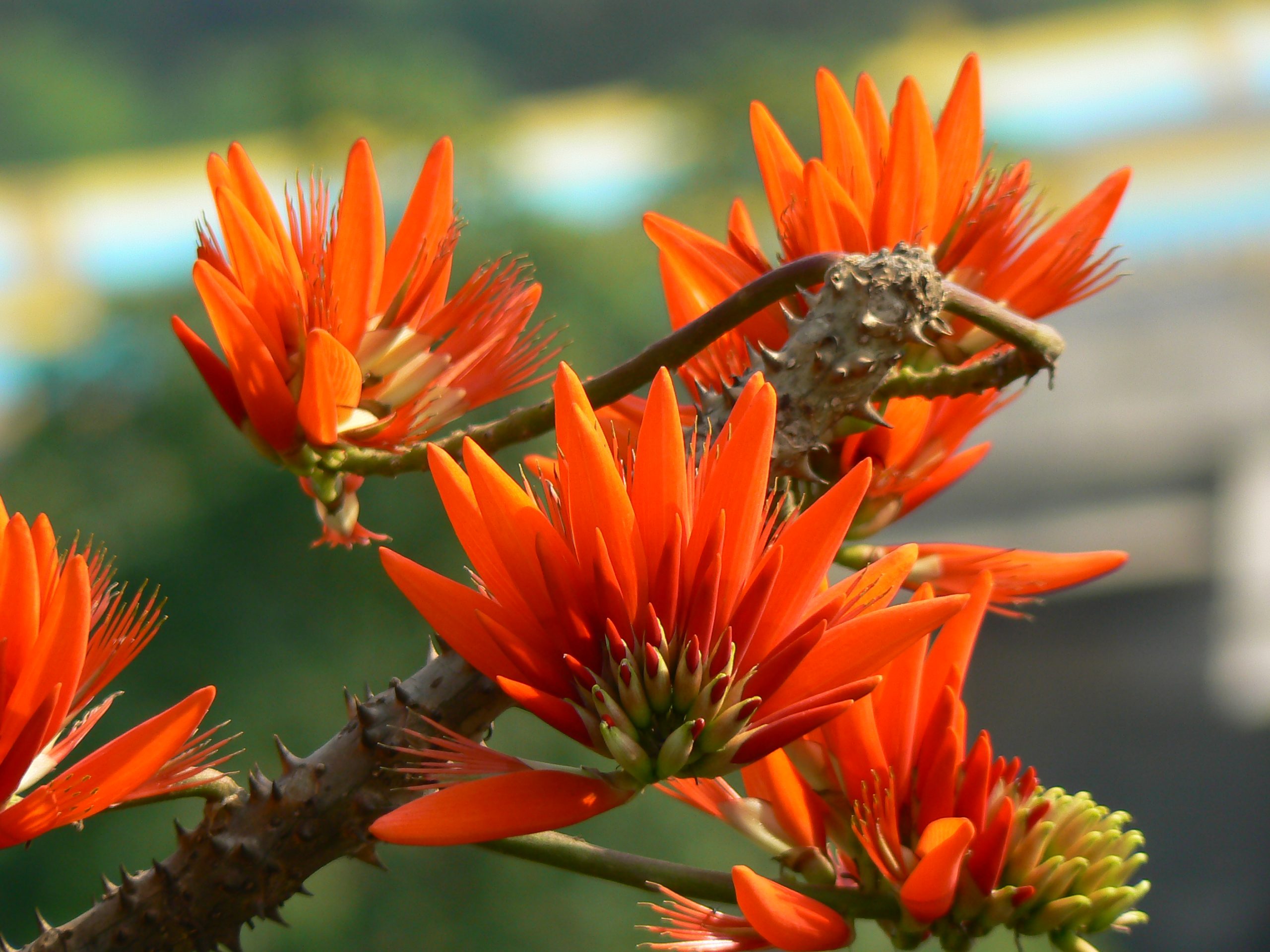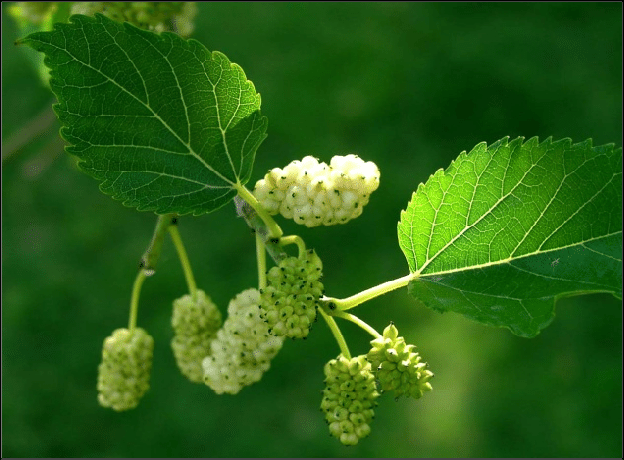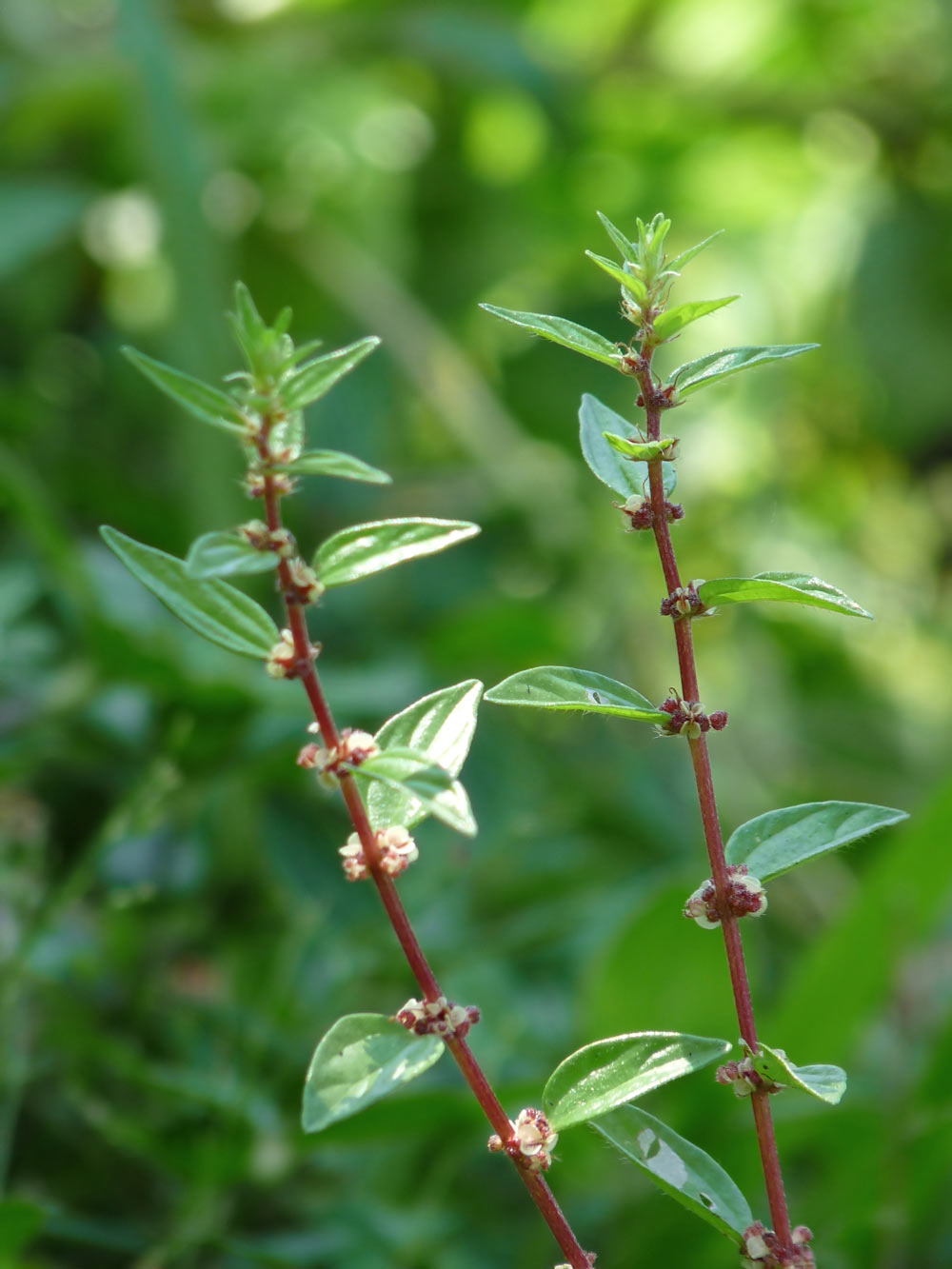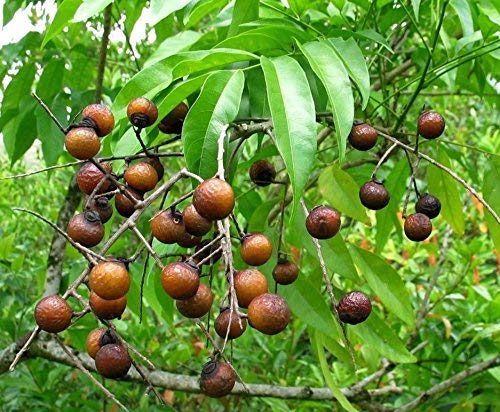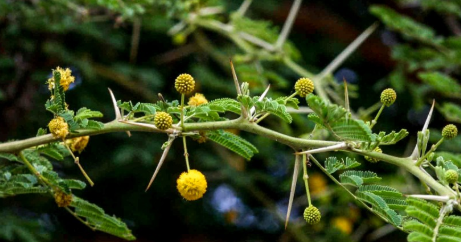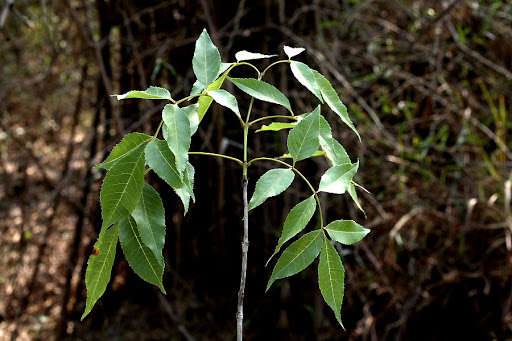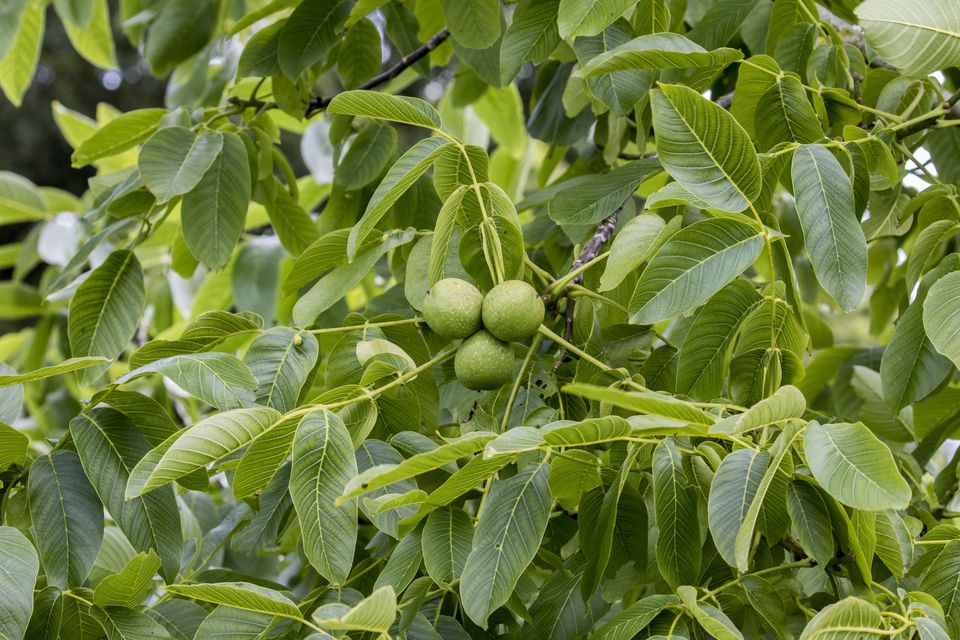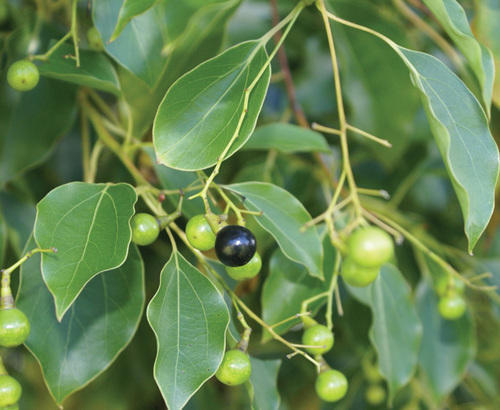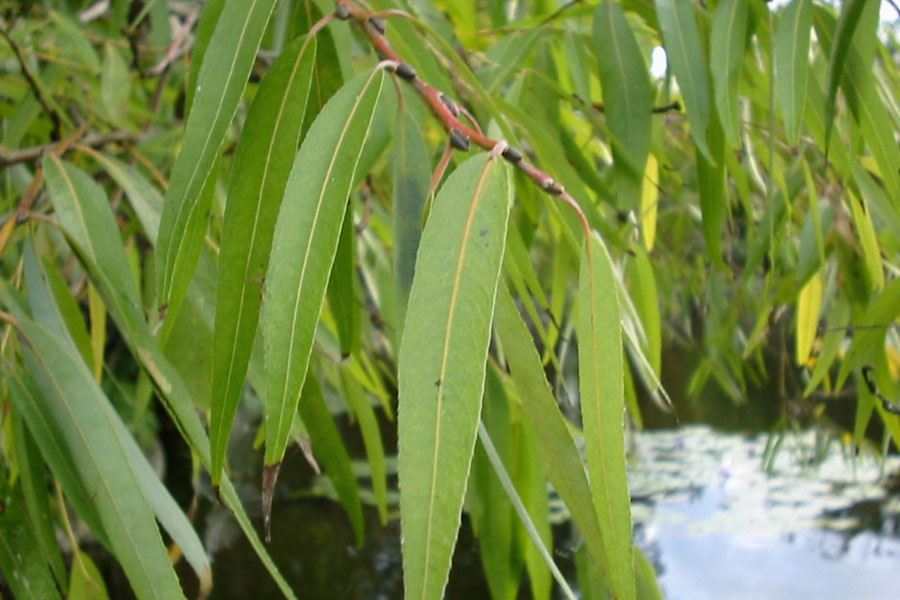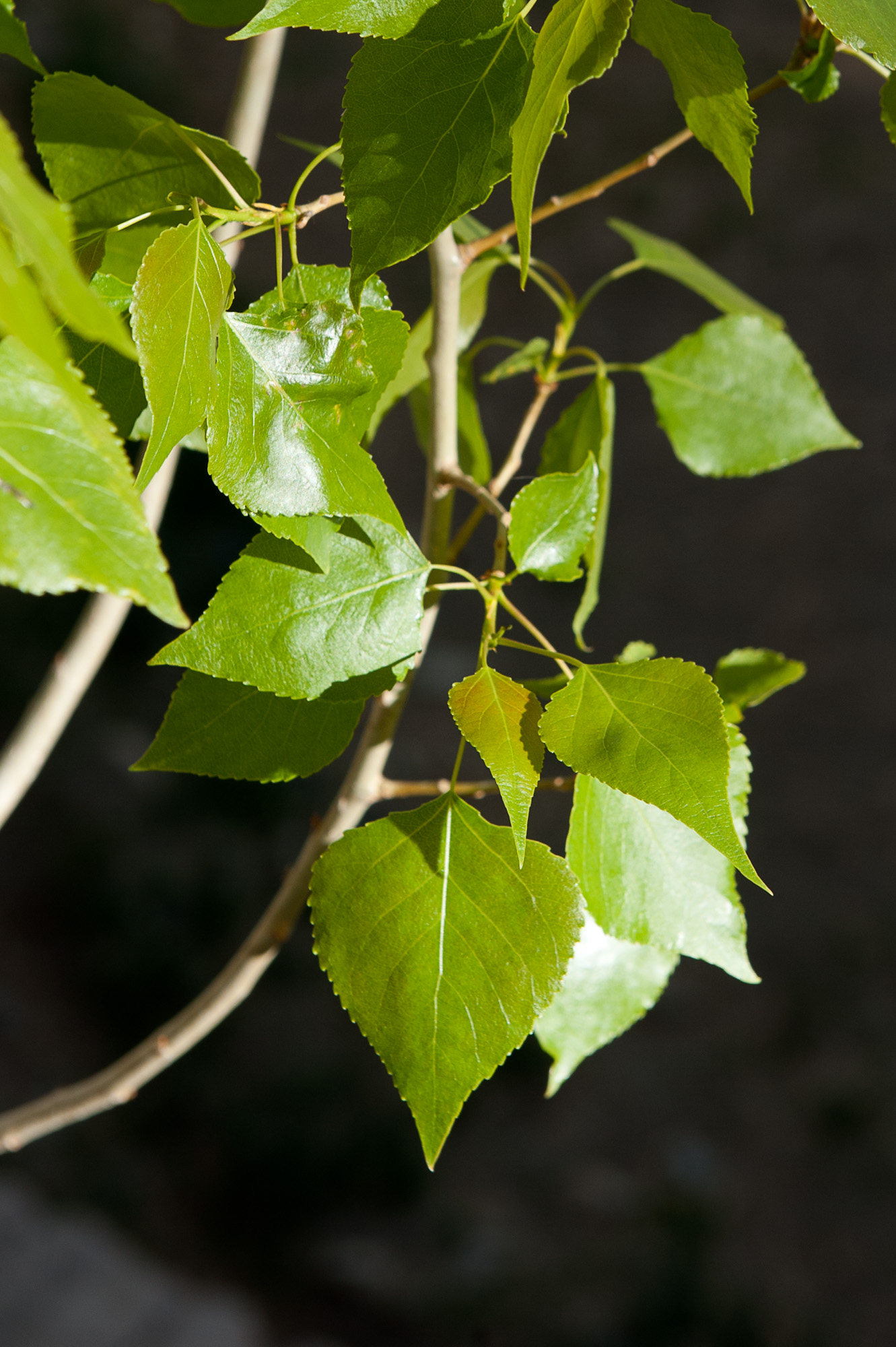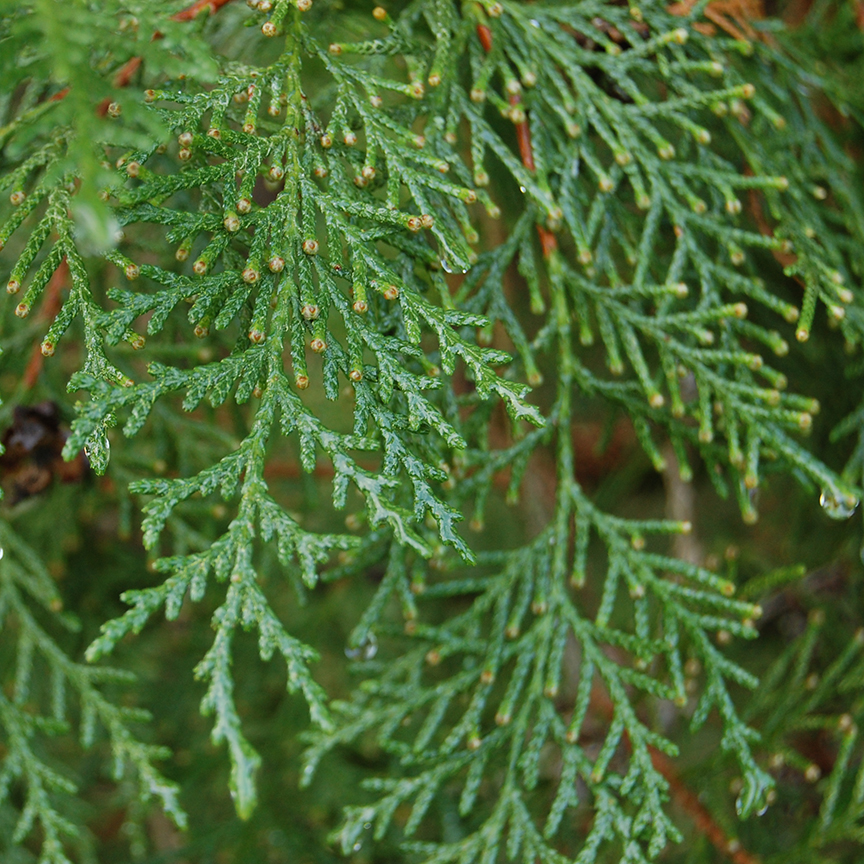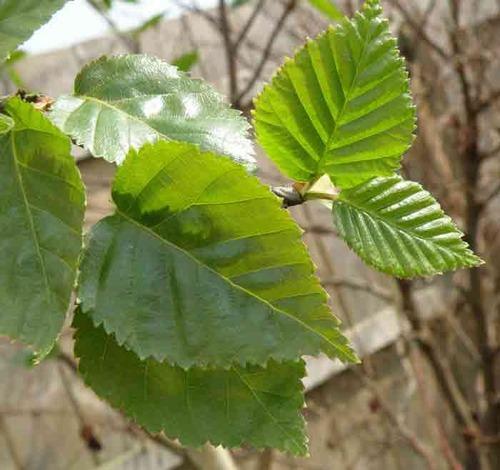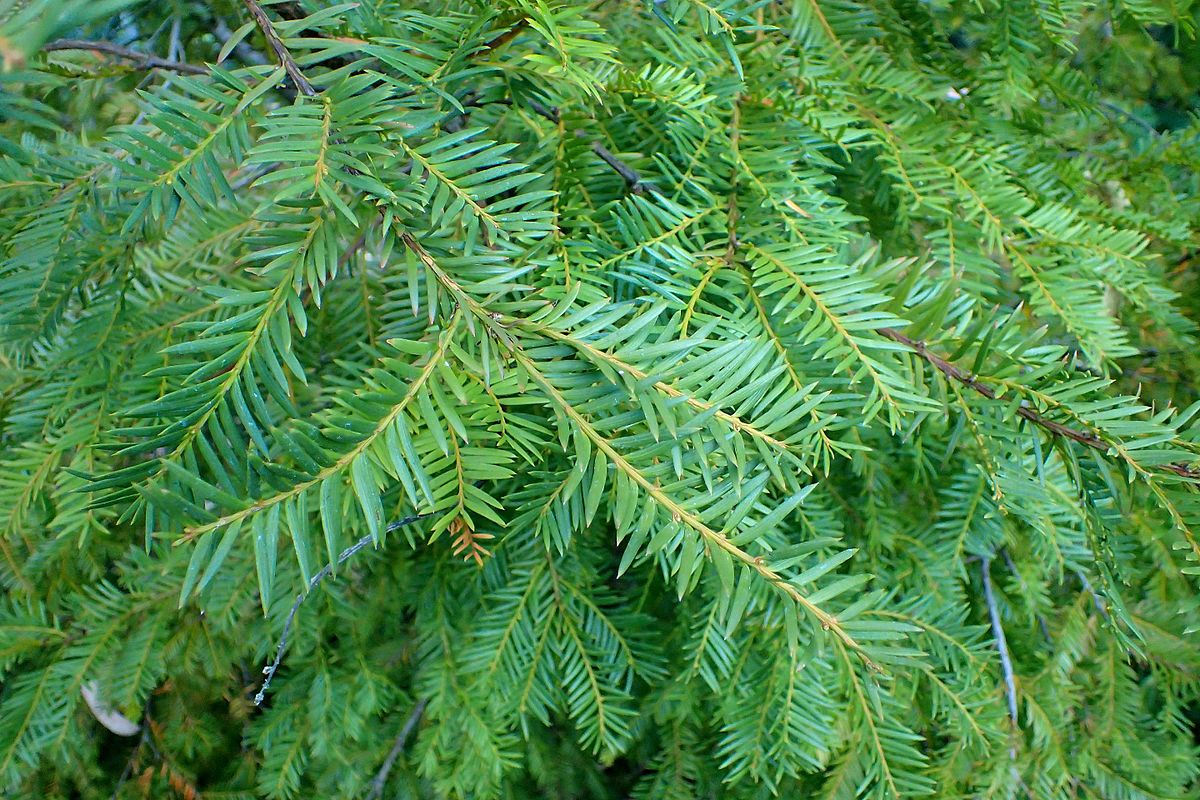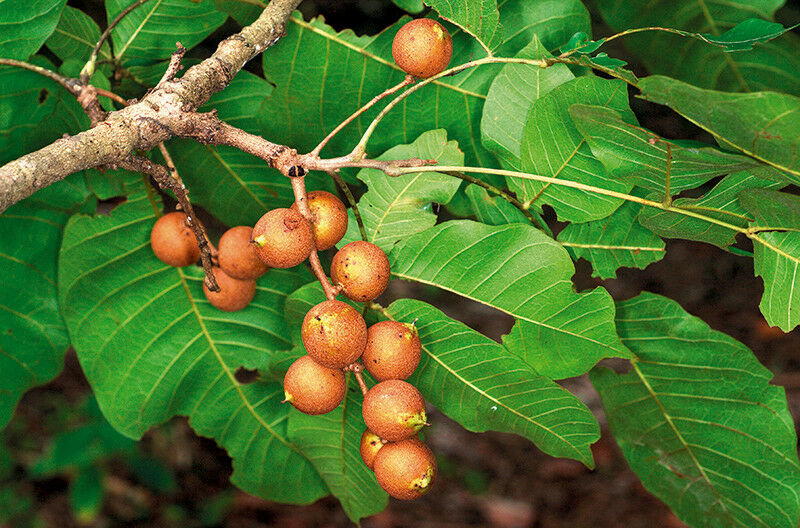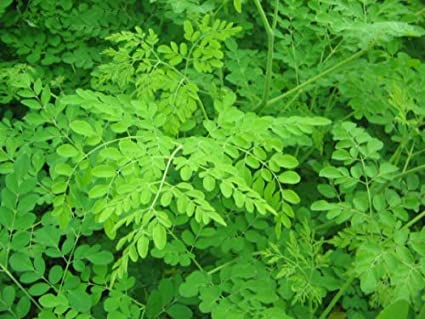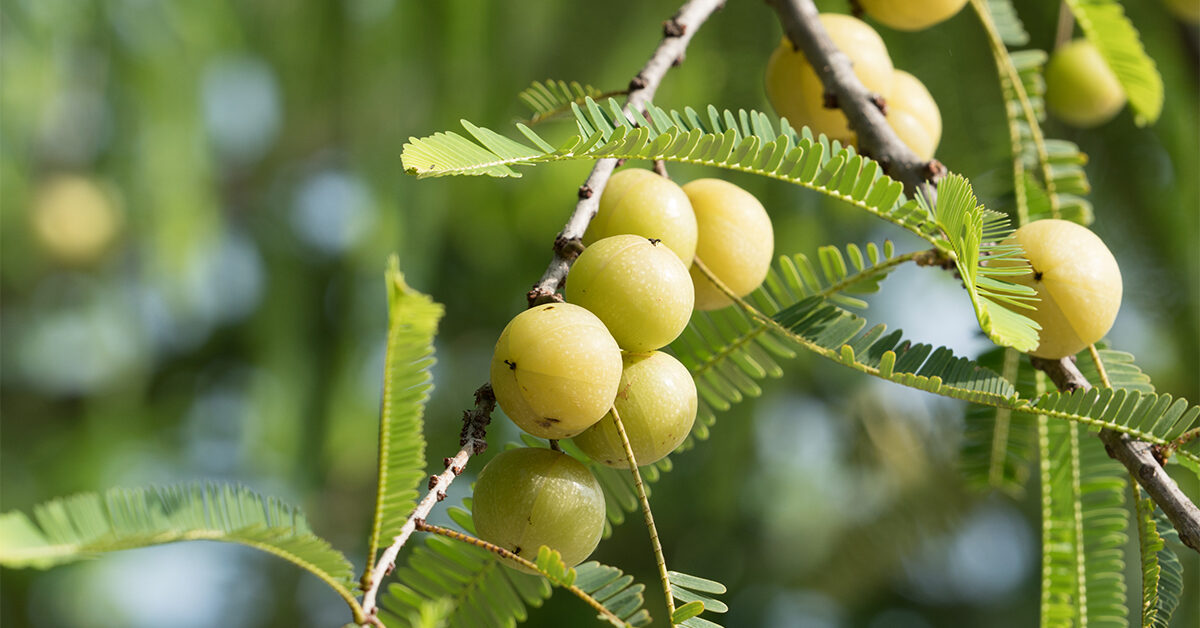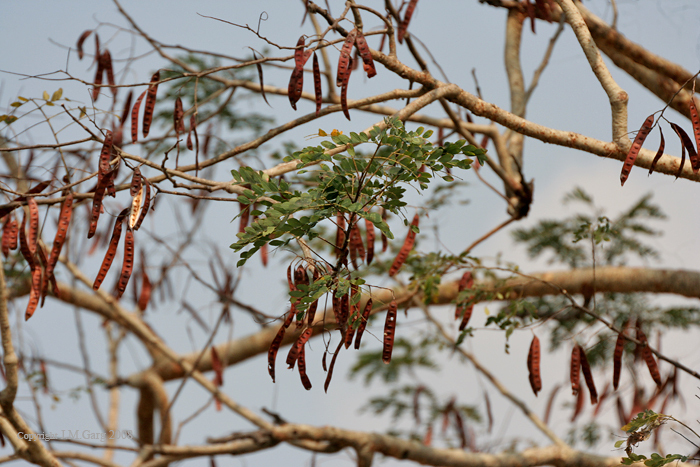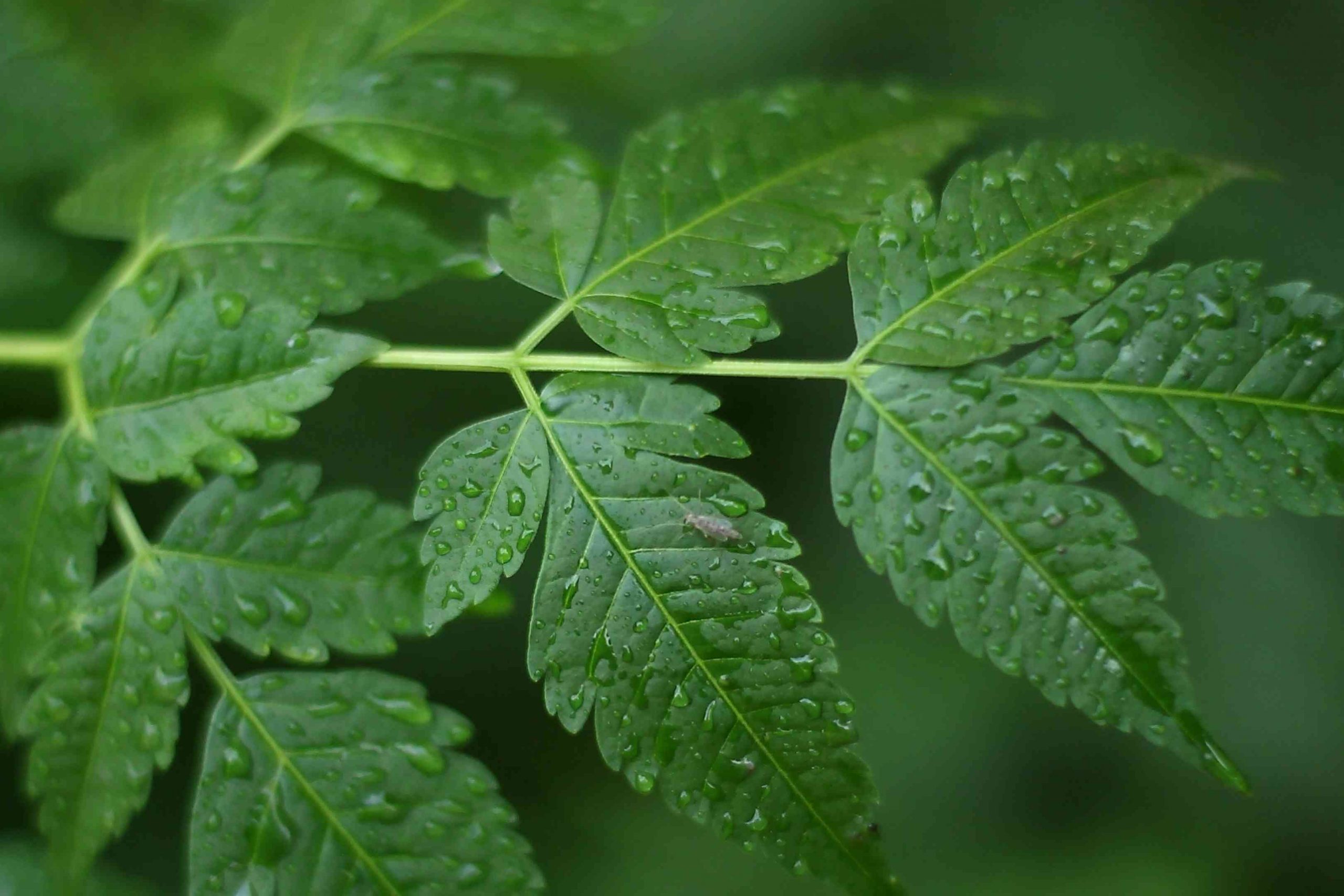34 Plants Suitable for Plantation in Nepal
Nepal is rich in floral diversity because of wide altitudinal variation, undulating landscape, varied rainfall and associated climatic variation. Altitude and geography and the main determinants for the richness and availability of plant species. Geographically, Nepal is divided into Tarai and Siwalik (mostly below 1,000m), mid hills (1,000 to 3,000m), and high hills & mountains (above 3,000m). Plants that thrive well in one geographical region did not grow well in other geographical region. For example, Rajbriskhya grow well in Tarai but barely survive in Kathmandu. Thus our first criteria for the selection was altitude and geography: we prepared a list of trees that in native to particular geographical region. In addition to the native species, some non-native species are currently found planted in urban roads and urban parks and are adapted well in the local environment. We mostly suggested native species but some exotic species well suited to the local environment are also included in this list.
Tree species selected for urban plantation needs to be showy i.e., should have attractive flower and also that needs to remain flowering for prolonged time. We apply this criteria to further sort down from the free list. In all cases, we selected trees that are mostly evergreen, have showy flowers and flowering lasts for prolonged time.
The third criteria is the size of the tree. Tree planted in the median (i.e., between the two lanes) should not be tall or widespread. We then selected species based on where it should be planted: whether on the road side or road median or in the pocket parks. Trees selected for road median should not attain maximum height and should not have larger cover. Trees planted in the roadsides can be tall and slender. Likewise, showy native trees of any size can be grown in the pocket parks.
